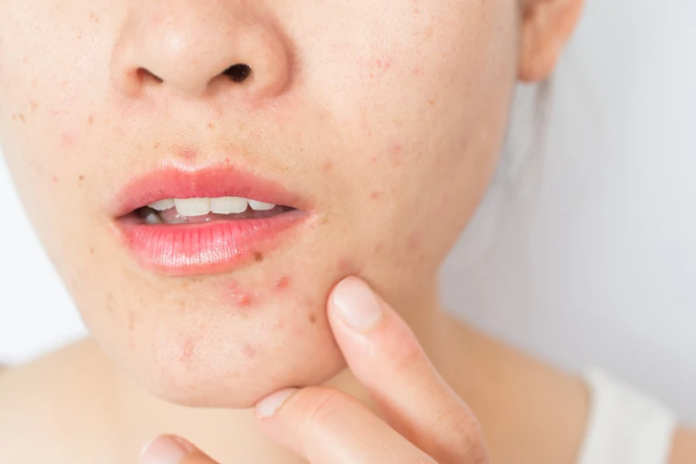
Google Lens, the image search feature available in the Google app for both iOS and Android, has recently unveiled a groundbreaking functionality that enables users to search for skin conditions, utilizing the advanced capabilities of artificial intelligence (AI).
As reported by The Verge on Friday, June 16, 2023, in their latest blog post, Google elaborated on how this feature allows users to identify and examine various skin conditions, including suspicious moles or rashes. Moreover, it extends its capabilities to offer insights into other dermatological aspects, such as lip bumps, nail lines, and even scalp hair loss.
The process is simple yet effective. By utilizing Google Lens, individuals can either capture an image directly or upload a photo of their skin condition. Subsequently, Lens utilizes its powerful AI algorithms to provide relevant and visually-oriented search results, offering users a deeper understanding of their skin-related concerns.
It is important to highlight that Google emphasizes the informational nature of these search results, explicitly stating that they are not intended to provide medical diagnoses. Instead, Google encourages users to consult medical professionals for accurate and personalized advice regarding their specific conditions.
Google has been actively exploring the integration of artificial intelligence into image recognition technology for skin conditions over the past several years. During the 2021 developer conference, Google introduced pioneering tools capable of identifying various skin, hair, and nail conditions by leveraging photos and survey responses.
Presently, Google’s DermAssist tool is undergoing extensive testing in the market through a limited release. While this tool has received the CE label as a Class 1 Medical Device within the European Economic Area, it is important to note that it has not undergone evaluation by the United States Food and Drug Administration (FDA). Consequently, the DermAssist tool is exclusively intended for informational purposes and is not intended to provide medical diagnoses.
Despite Google’s clear disclaimer emphasizing the informational nature of the search results, there remains a possibility that some individuals may attempt to self-diagnose using the tool. Google’s inclusion of this disclaimer serves to shift the responsibility onto users while ensuring that Google continues to provide similar services to users worldwide.
It is crucial to exercise caution when utilizing AI diagnostic tools. One recurring concern regarding the identification of skin conditions pertains to the potential inaccuracies encountered when dealing with individuals with darker skin tones.
Research has indicated that the lack of representation of diverse skin types within the image databases used to train AI systems can lead to reduced accuracy in recognizing and diagnosing skin conditions among individuals with darker skin tones. Consequently, efforts should be made to address this issue and ensure that AI technologies are inclusive and accurate for individuals from all backgrounds.
In conclusion, the introduction of skin condition search capabilities in Google Lens represents a significant advancement in AI-powered image recognition technology. As Google continues to refine and expand these capabilities, it is expected that individuals will benefit from enhanced access to skin-related information, while remaining mindful of the importance of consulting medical professionals for accurate diagnoses and personalized healthcare advice.

















